Museo Nacional de Arte (MUNAL)
Ciudad de México, México
Agosto 2002
Curaduría: José Luis Barrios
“¿Por qué una maleta, una llanta, un basurero, un letrero luminoso son obras de arte? En la visión contemporánea del arte, la obra no se entiende como una creación acabada, sino como un proceso y una apropiación que el artista hace de su entorno inmediato”.
Con esta afirmación del curador, y a través de establecer un estrecho trabajo en entre el curador y museógrafo, se generó una audaz exposición –que transformó radicalmente el espacio – para presentar una selección de 30 piezas del acervo artístico de Fundación Cultural Televisa. La museografía empleada evocó la experiencia del espacio urbano, la forma en como lo percibimos, el modo en que lo caminamos, la manera en que lo habitamos y la vivencia que tenemos del espacio y del tiempo a lo largo de un recorrido del día a la noche y de la casa a la calle.
A través de esta propuesta se experimentó el sentimiento y la vivencia que tenemos en nuestras ciudades, caracterizadas por su saturación visual y auditiva, rodeados de edificios, fábricas, comercios, espectaculares, anuncios luminosos, avenidas, puentes; basura y desperdicios industriales. Mostrar estos modos de percepción es parte del arte contemporáneo.
“El artista mira lo que nosotros apenas vemos: lo cotidiano se destaca; no quiere la representación de la realidad, sino la presentación de las cosas; nos hace caer en cuenta del mundo en que vivimos, sus formas, sus materiales, su significado, sus ambientes, su experiencia del tiempo y sus habitantes. Se trata de resaltar el lugar que esos objetos sin importancia tienen en nuestra vivencia de la urbe.”
JLB
Museo Nacional de Arte (MUNAL)
Ciudad de México, México
August 2002
Curaduría: José Luis Barrios
“Why is it that a suitcase, a tire, a trash can, an illuminated sign are pieces of art? In the contemporary vision of art, the piece of art is not understood as a finished creation, but as a process and an appropriation the artist does of its immediate surroundings”.
With this affirmation of the curator, and through establishing a close collective work between the curator and exhibition designer, an audacious exhibit was prepared. It transformed radically the exhibit space to present a selection of 30 pieces of the art archive of Televisa Foundation, with a museography evoked the experience of the urban space, the way in which we perceive it, the manner in which we walk it, the way in which we live it and the experience we have with the space and time through a tour of day and night and from home to the street.
The experiment was with the feeling and the experience we have in our cities, characterized by its visual and auditory saturation, surrounded by buildings, factories, stores, billboards, illuminated signs, avenues, bridges, garbage and industrial waste. Showing this means of perception is a part of contemporary art.
“The artist watches what we barely see: the everyday things stand out; he doesn’t want to represent reality, but to present things; he makes us realize the world we live in, its shapes, its materials, its meaning, its environments, its experience through time and its inhabitants. It’s about highlighting the place that these objects without importance have in our experience in the metropolis”.
JLB

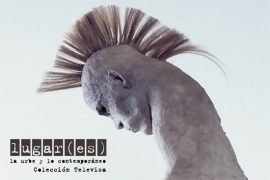
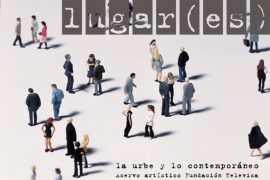
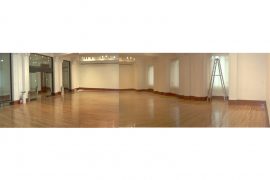
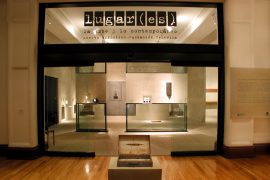
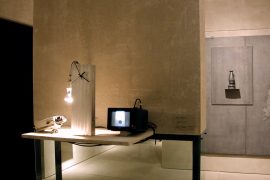
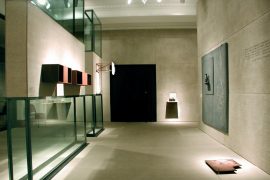
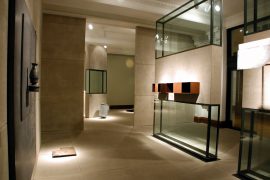
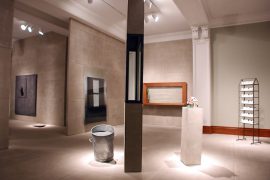
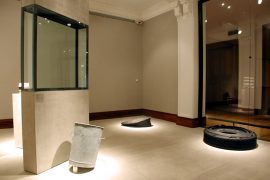
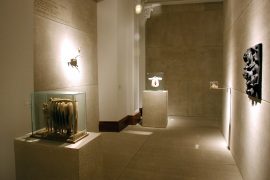
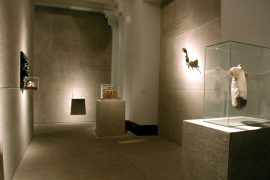
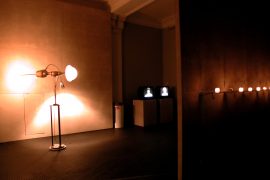
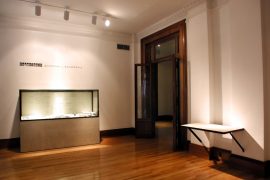
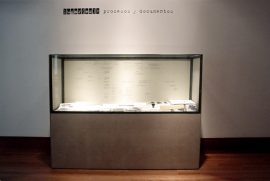
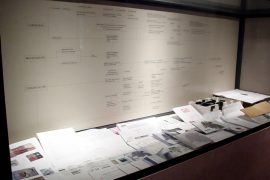
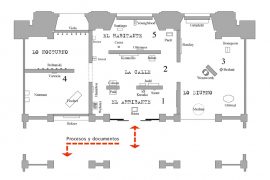
Recent Comments